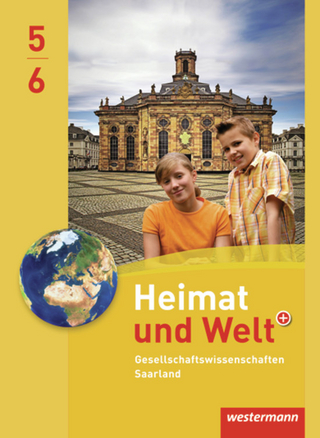
Bears of the World
Cambridge University Press (Verlag)
978-1-108-48352-0 (ISBN)
Bears have fascinated people since ancient times. The relationship between bears and humans dates back thousands of years, during which time we have also competed with bears for shelter and food. In modern times, bears have come under pressure through encroachment on their habitats, climate change, and illegal trade in their body parts, including the Asian bear bile market. The IUCN lists six bears as vulnerable or endangered, and even the least concern species, such as the brown bear, are at risk of extirpation in certain countries. The poaching and international trade of these most threatened populations are prohibited, but still ongoing. Covering all bears species worldwide, this beautifully illustrated volume brings together the contributions of 200 international bear experts on the ecology, conservation status, and management of the Ursidae family. It reveals the fascinating long history of interactions between humans and bears and the threats affecting these charismatic species.
Vincenzo Penteriani is a researcher at the Spanish National Research Council (CSIC), Senior Editor of Animal Conservation, Associate Editor of Ursus, and is leading the Cantabrian Brown Bear Research Group at the Research Unit of Biodiversity (UMIB), Spain. His current research focuses on the ecology and behaviour of brown bears in human-modified landscapes, as well as on large carnivore attacks on humans. Mario Melletti is an independent researcher and member of the African Buffalo Initiative Group, and the Wild Pig Specialist Group, which are part of the International Union for the Conservation of Nature (IUCN SSC). He has contributed to several projects and surveys on both mammals and birds in Africa and Europe. He has edited two books with Cambridge University Press: Ecology, Evolution and Behaviour of Wild Cattle (2014) and Ecology, Conservation and Management of Wild Pigs and Peccaries (2017).
Part I. Systematic, Ecology and Behaviour: 1. Systematic, evolution and genetic of bears; 2. Mating strategies; 3. Interspecific interactions between brown bears, ungulates and other large carnivores; 4. Adaptations and Competitive Interactions of Tropical Asian Bear Species Define Their Biogeography: Past, Present, and Future; 5. Remarkable adaptations of the American black bear help explain why it is the most common bear: a long-term study from the centre of its range; Part II. Species Accounts: 6. Giant Panda (Ailuropoda melanoleuca); 7. Andean Bear (Tremarctos ornatus); 8. Sun Bear (Helarctos malayanus); 9. Sloth Bear (Melursus ursinus); 10. Asiatic Black Bear (Ursus thibetanus); 11. American Black Bear (Ursus americanus); 12. Brown Bear (Ursus arctos; Eurasia); 13. Brown Bear (Ursus arctos; North America); 14. Polar Bear (Ursus maritimus); Part III. Human – Bear Coexistence: 15. Human–Bear Conflicts at the Beginning of the Twenty-First Century: Patterns, Determinants, and Mitigation Measures; 16. Principles of Human–Bear Conflict Management in Challenging Environments; 17. Patterns of bear attacks on humans, factors triggering risky scenarios and how to reduce them; 18. Effects of human disturbance on brown bear behavior; 19. Bears in human-dominated landscapes: The case studies of the Cantabrian, Apennine and Pindos Mountains; Part IV. Conservation and Management: 20. Conservation and management of bears; 21. How is climate change affecting polar bears and giant pandas?; 22. Managing for inter-population connectivity of the world's bear species; 23. Ex-situ conservation of bears: Roles, status and management; 24. The Challenge of Brown Bear Management in Hokkaido, Japan; 25. Potential ecological corridors for remnant Asiatic black bear populations and its subpopulations linked to management units in Japan; 26. Captive bears in Asia: Implications for animal welfare and conservation; 27. Human Dimensions of Asiatic Black Bear Conflicts and Management in Japan; 28. Ecological and social dimensions of sloth bear conservation in Sri Lanka.
| Erscheinungsdatum | 15.01.2021 |
|---|---|
| Zusatzinfo | Worked examples or Exercises |
| Verlagsort | Cambridge |
| Sprache | englisch |
| Maße | 223 x 282 mm |
| Gewicht | 1470 g |
| Themenwelt | Sachbuch/Ratgeber ► Natur / Technik ► Naturführer |
| Naturwissenschaften ► Biologie ► Ökologie / Naturschutz | |
| Naturwissenschaften ► Biologie ► Zoologie | |
| ISBN-10 | 1-108-48352-6 / 1108483526 |
| ISBN-13 | 978-1-108-48352-0 / 9781108483520 |
| Zustand | Neuware |
| Haben Sie eine Frage zum Produkt? |
aus dem Bereich


